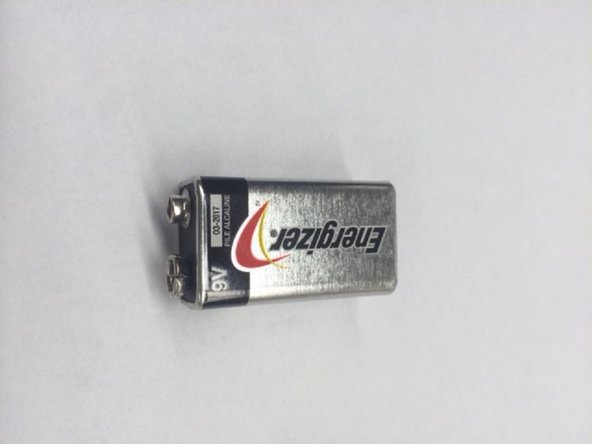Introduction
Go to step 1For our reverse engineering project, we chose to use the smoke detector. This smoke detector consists of a sensor to detect smoke and a loud electronic buzzer to alert people within the building.
What you need
-
-
Use a screwdriver to pry open the plastic enclosure. It might be easier to push the buzzer through the hole, if you need extra leverage.
-
-
why did you do this do you know how dangerous that is americium 231 is a highly radioactive metal you could HAVE KILLED YOURSELVES
Americium 231 hasn't been confirmed. Ionization smoke alarms contain tiny amounts of americium 241, which is relatively harmless unless you ingest/inhale it, and even then it's potentially carcinogenic, but not carcinogenic enough to cause immediate ill effects.












